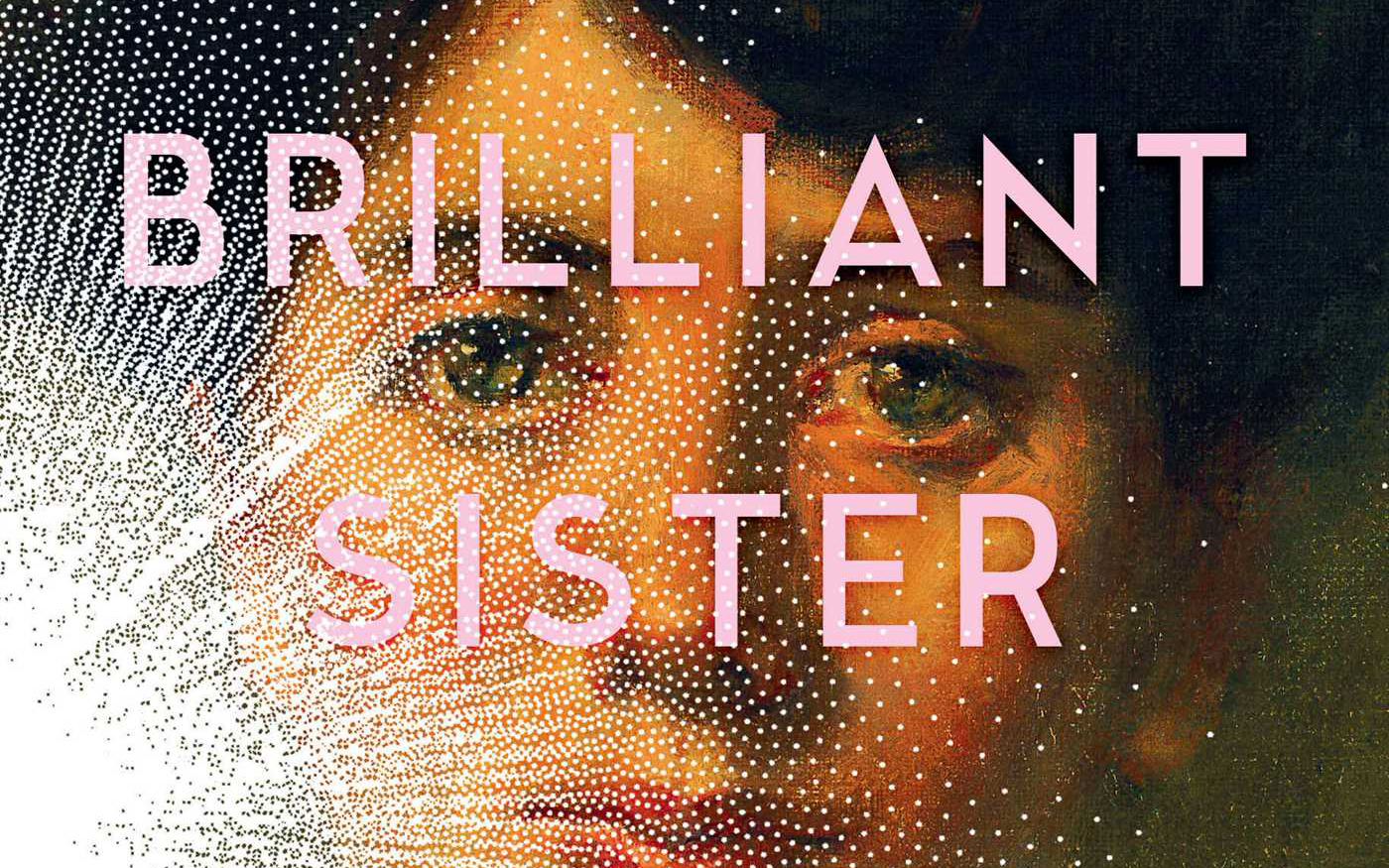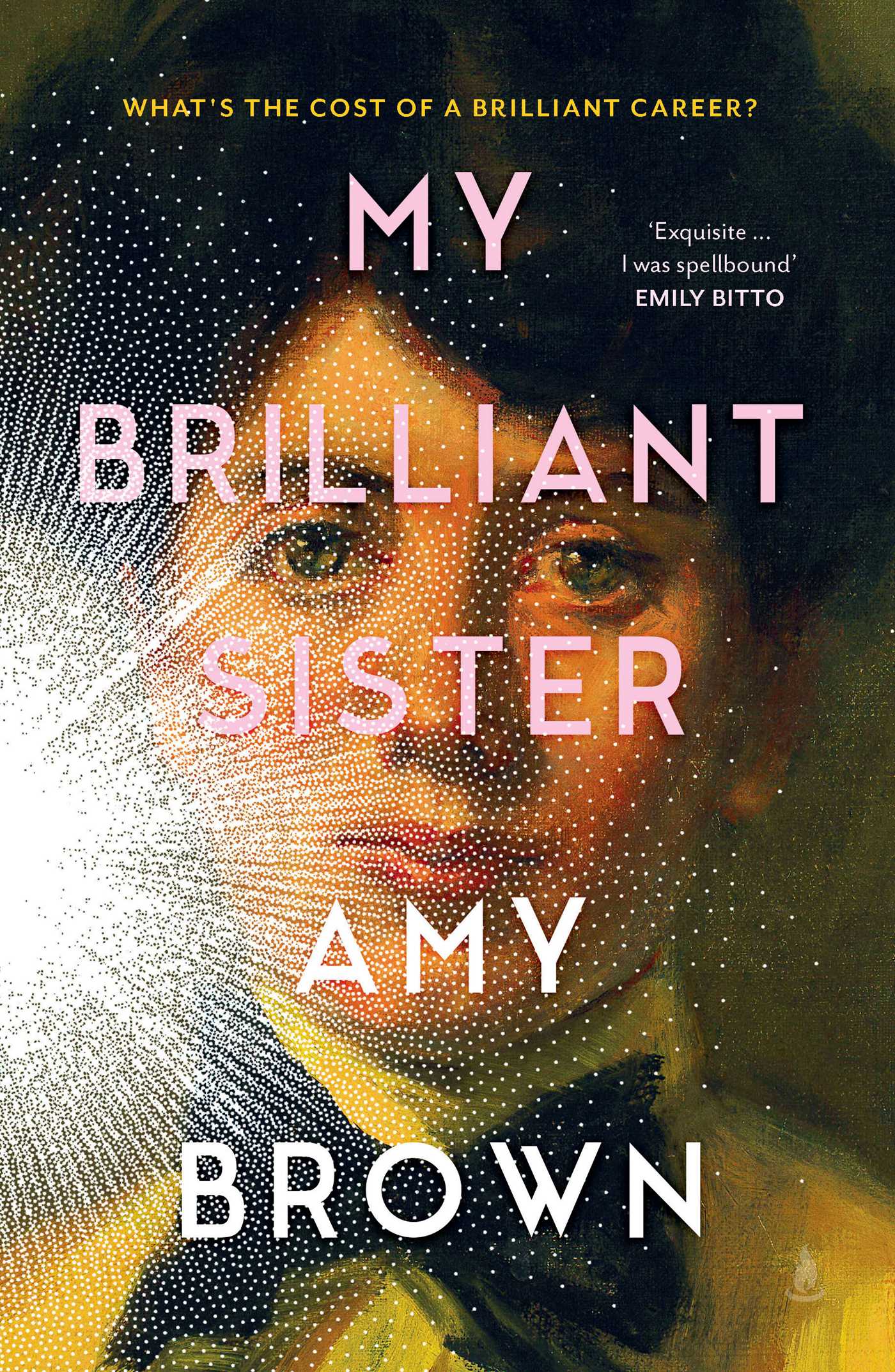
- Free Article: No
- Contents Category: Fiction
- Review Article: Yes
- Article Title: How not to drown
- Article Subtitle: An intricate puzzle of a book
- Online Only: No
- Custom Highlight Text:
Ida, a secondary school teacher in Melbourne with a four-year-old daughter, Aster, in childcare, lives in a post-Covid world of masks, mindfulness apps, remote learning, and video calls. Recently relocated from New Zealand when her partner, a lecturer in Cultural Studies, is offered a more prestigious job at an Australian university, she has relinquished the possibility of continuing her own academic career. He seems unwilling to share household tasks or help to tend to their child, despite the fact that they are both working, and distances himself by immersing himself in his study and going on long runs. In the opening passage, we are presented with Ida’s childhood memory of being on a beach, where she pretends that she knows how to swim – or rather, that she has learned ‘how not to drown’ – which now seems an apt metaphor for her marriage.
- Featured Image (400px * 250px):

- Alt Tag (Featured Image): Suzanne Falkiner reviews ‘My Brilliant Sister’ by Amy Brown
- Book 1 Title: My Brilliant Sister
- Book 1 Biblio: Scribner, $32.99 pb, 248 pp
- Book 1 Cover Small (400 x 600):

- Book 1 Cover (800 x 1200):

At her school, she is assigned to teach Miles Franklin’s adolescent work My Brilliant Career to her English class, but while confined to home by an extended bout of pneumonia, she decides to reclaim some ground by beginning to write again.
From here, Amy Brown’s experimental novel falls into three parts, all brought to life by significantly different voices. The major and middle part, narrated as an extended internal soliloquy, comprises Ida’s fictional autobiography of another Ida, Stella Miles Franklin’s younger sister, better known to her family as Linda.
Spanning the period from 1888, when Linda was aged about seven, until just before her death from pneumonia in 1907, she reflects on the intense and complex loves, the resentments, betrayals, and rivalries of sisterhood, against a background of rural life at Talbingo, Stillwater, and Brindabella in southern New South Wales. The beautiful but sickly Linda, born just twenty-three months after Stella, adopts camouflage, modesty, and peacemaking rather than ambition and rebellion, and chooses marriage – which Stella had rejected – only to die at twenty-five, a year after giving birth to her own child and following her husband to Queensland. By this date, the real Miles Franklin was living in Chicago, having published, with Henry Lawson’s assistance, My Brilliant Career in 1901 and endured local criticism for the too-close resemblance of her characters and setting to her own family and home life.
In the third and last part of Brown’s novel, we are back in New Zealand, following the mental processes of another modern woman, Stella, a self-absorbed bohemian singer and songwriter who, at thirty-five, has achieved creative success. Stella, who goes by the stage name of ‘Miles’, is a wizard with words, weaving a conversation with herself that is dense, playful, complex, and poetic. Blocked by Covid from the exhausting touring schedule that usually leaves little time for reflection, she is stranded in the small-town rural regions of her childhood, revisiting childhood haunts, her mother, and old friends, while tormented by thoughts of an absent lover. Plagued by existential doubt, Stella still wants it all, but worries that ‘all’ may paradoxically preclude something more elusive and essential than fame and success.
Fictionalising the lives of real people – particularly those who are well known and who lived in close proximity to the modern era – can be a tricky tightrope to walk, especially when detailed biographies and other writings are available to the potential reader, providing a higher than usual bar to the suspension of disbelief. Despite any disclaimers of verisimilitude, an authentic-sounding historical voice can also be hard to achieve, and blatant anachronisms or fanciful departures from the historical facts tend to be jarring.
In her first section, a glimpse into Ida’s life in Melbourne, Brown employs a refreshingly crisp, unadorned narrative style that avoids literary flourishes then progresses to an interesting and complex period voice for Linda Franklin in the historical section, and finally lets herself run creatively wild in the final part. While extended interior soliloquies or streams of consciousness can easily become pointless meanders, Brown largely avoids this by breaking some of the text into short, themed sub-sections. A subtle sense of humour enlivens the prose; Brown is also good at observing children and horses, and riffs interestingly on female friendships.
Apart from a few minor false notes – it seems unlikely that the theory of physiological ‘conditioning’, as demonstrated by Pavlov’s canine experiments published in St Petersburg in 1897, would be a concept familiar to a farming family in New South Wales in around 1901, and neither would the role of jillaroo (a term that emerged in Australia during World War II due to the chronic shortage of men) be available to a young rural woman of the same era – My Brilliant Sister stacks up well.
A published poet, academic, and schoolteacher originally from Hawkes Bay in New Zealand and now living in Melbourne, Amy Brown is a masterful writer. An earlier iteration of this innovative début novel, entitled Stillwater, was shortlisted for the Victorian Premier’s Literary Awards Prize for an Unpublished Manuscript in 2023. Rife with literary resonances, it is a clever and intricate puzzle of a book, an exploration of the conundrum of how modern women can reconcile the demands of marriage and the selflessness of childbearing with the competing egoism – or perhaps egotism – required for a creative life.


Comments powered by CComment